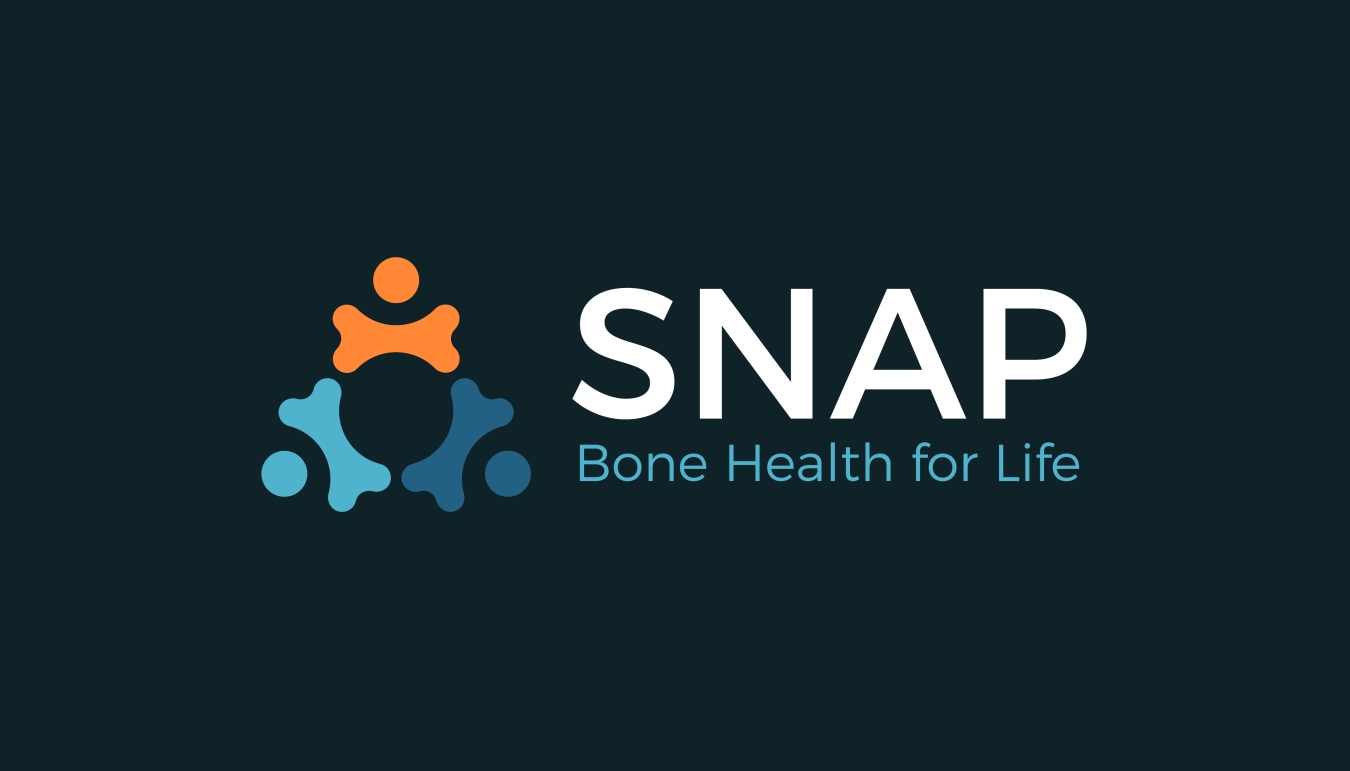
There is a lot of health information on the internet, and it can be tricky to work out what is fact or fiction. In this article, we'll take a look at five of the most common misconceptions surrounding bone health, with research and science-backed insights to help you make the best, most informed decisions.
Key Takeaways
- A Diet Beyond Dairy: People on a plant-based or vegan diet can breathe a sigh of relief. Though milk is a good source of calcium, it's far from the only option.
- Nutrients Beyond Calcium: Calcium is a vital part of your diet for bone health, but other nutrients like Vitamin A, C, K, Collagen, Magnesium and Zinc are important for a strong skeleton.
- The Alkaline Food Fallacy: Acidic foods haven't been proven to affect bone health or increase the risk of osteoporosis, but the alkaline diet does have something to teach us.
- Embrace Exercise: The right program of resistance and high-impact exercise can play an important role in maintaining bone strength and reducing the risk of fractures in later life.
- Bone Loss Isn't Inevitable: It's never too early to start looking after your bones. You can take proactive steps to maintain strong bones at any age.
Nuts, seeds, beans, soy products (soy milk and tofu), and dark leafy greens are all rich sources of calcium and diversifying your diet will ensure a well-rounded intake of nutrients helpful not just to your bones, but your overall wellbeing.
Myth #1 - Dairy is the most important source of calcium
Fiction: You need to drink milk for strong bones
Fact: You can get calcium from a variety of foods
Calcium is the most abundant mineral in our bodies and most of it is stored in our bones, giving them structure and hardness. A common belief is that drinking milk is the only path to strong bones. While milk and dairy products are excellent sources of calcium, there are many plant-based and vegan-friendly sources of this bone-building mineral.
Nuts, seeds, beans, soy products (soy milk and tofu), and dark leafy greens are all rich sources of calcium and diversifying your diet will ensure a well-rounded intake of nutrients helpful not just to your bones, but your overall wellbeing.
To find out more about foods that are a great source of calcium, read our article on superfoods for bone health here [Include URL for Superfood article]
Myth #2 - Calcium is the only mineral important for bones
Fiction: Bone health is all about calcium
Fact: Target a diet rich in a range of minerals and nutrients for optimum bone strength
As we've already seen, Calcium is a vital component of bone structure but it's not the be-all and end-all of bone health. Other nutrients, such as vitamin K, vitamin C, collagen, vitamin D, zinc, and magnesium, are just as essential. For example, vitamin D helps increase the absorption of calcium from the gut while vitamin C helps with collagen production, which is essential for maintaining bone mass.
Studies have shown that food like prunes and collagen supplements can improve bone density and reduce fracture risk in post-menopausal women. So, if you want to maintain strong and healthy bones you should aim for a well-balanced diet rich in a variety of nutrients.
To find out more about the different nutrients for optimal bone health and the foods you can find them in, read our article on how to maintain bone health with nutrient-rich foods here. [Include URL for Superfood article]
Myth #3 - Acidic foods like dairy are bad for your bones.
Fiction: Acidic foods (including milk) are bad for your bone health.
Fact: The alkaline diet encourages healthy eating habits but lacks clear scientific evidence for its potential health benefits due to neutralizing acid
Milk is a great source of calcium and good for your bones. But you may have also read that dairy foods can make our blood acidic and are therefore bad for bones. If you're feeling confused, we don't blame you.
So, what should you believe? The acid-ash hypothesis suggests that foods leaving an acidic residue can negatively affect bone health and suggests that we should avoid meat, poultry, fish, dairy, eggs and grains.
Advocates of alkaline diets argue that to maintain a stable blood pH, the body extracts calcium from our bones to neutralize dietary acids. But is this true?
Well, not quite. Our bodies already have a sophisticated pH balance system, with our kidneys and respiratory system working to ensure the right level of acid and alkaline in our blood.
There's evidence that a low-protein diet could benefit people with kidney disease but generally, research hasn't found that acid-forming diets have any impact on our calcium levels.
To take this even further, the acid-ash hypothesis overlooks a critical aspect of bone health-the role of acids like vitamin C as well as protein and collagen which are found in meat, poultry and fish.
Studies have linked osteoporosis to collagen loss and low levels of acids such as orthosilicic acid and vitamin C (ascorbic acid) in the diet. It is well known that Vitamin C has a crucial role in the production of collagen, which enhances the healing process of bone fractures. Furthermore, scientific research has confirmed that Vitamin C has a positive impact on bone density and turnover and is associated with a lower risk of fractures.
What is important to recognise is that the alkaline diet is valuable because it encourages healthy eating from a variety of food sources, including plant-based foods, nuts, seeds and vegetables, all of which are rich in nutrients vital for bone health and overall well-being.
Myth #4 - High impact exercise is bad for your bones
Fiction: High-impact exercise increases the risk of fractures.
Fact: The right exercise program can play an important role in maintaining bone strength and reducing the risk of fractures in later life.
Exercise plays a crucial role in strengthening bones. It stimulates a process of bone remodelling, a process that maintains bone density and strength. The more stress that bones are put under, the greater the amount of remodelling, which is why the bones in a tennis player's dominant arm are stronger due to the mechanical stress of swinging a racquet and hitting a ball.
Just 30-60 minutes of moderate to high-intensity, weight-bearing and jumping activities combined with resistance exercises at least 3 times per week can help to maintain bone mass. However, if you don't exercise, we recommend you build up to this level of activity gradually over time.
Exercise can even have indirect benefits on bone health, for example, Type 2 Diabetes which is associated with an inactive lifestyle can lead to an increased fracture risk. And building muscle strength can even reduce the risk of falls in later life, a common cause of fractures.
People with osteoporosis or bone issues should exercise under professional guidance. In this case, a tailored program focused on balance, leg strength, flexibility, and endurance training can reduce your fracture risk.
To find out more about how the right training can help you build stronger bones and reduce your fracture risk, read our article on the importance of proper nutrition and training for bone health here. [Include a link to Bone Health for Athletes article]
Myth #5 - Bone Loss Is Inevitable as You Age
Fiction: Bone loss is an unavoidable consequence of ageing.
Fact: Bone loss is avoidable and there are lifestyle changes you can make to boost bone strength.
While it's true that peak bone mass is typically reached in youth and some bone loss occurs with age, this doesn't mean bone health is beyond your control. As we have seen foods rich in calcium, vitamin D, and protein, such as low-fat dairy, leafy greens, fish, and fortified foods can boost bone health. Incorporating weight-bearing exercises like strength training, walking, jogging, or dancing into your routine can help you stimulate bone growth and maintain density.
But what other lifestyle changes can we make? Quitting smoking and cutting down drinking.
Smoking elevates the risk of weakened bones by interfering with bone turnover so stopping smoking or cutting down can improve your bone strength and reduce your fracture risk.
Similarly, long-term alcohol use has been associated with decreased bone density and increased fracture risk. Instead, moderate drinking, defined as no more than two standard strength alcoholic drinks* per day for men and one per day for women may even be protective of your bones. Anything above this can increase your risk of osteoporosis.
*A standard drink being A small can of beer (355ml) or a small glass of wine (148mls).
Bone Myths Busted
By dispelling these common myths and embracing evidence-based practices, you can take proactive steps towards maintaining strong and healthy bones throughout your life. Remember that a well-balanced diet, regular exercise, and lifestyle choices all play vital roles in preserving your bone health.


